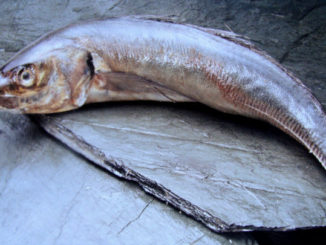
BOISE – A breakthrough experiment has shown how cloud seeding can help produce rain and snow.
A team of scientists in the northwestern U.S. state of Idaho say they have obtained direct, quantifiable observations of cloud seeding for increased snowfall – from the growth of ice crystals, through the processes that occur in clouds, to the eventual snowfall.
This means it is possible to create heavy snowfall on demand.
The latest cloud-seeding experiment was conducted by a team flying small planes through clouds in Idaho, according to Science.
The National Science Foundation (NSF)-supported project, dubbed SNOWIE (Seeded and Natural Orographic Wintertime Clouds – the Idaho Experiment), took place from Jan. 7 to March 17, 2017, in and near Idaho’s Payette Basin, located approximately 50 miles north of Boise.
The research was conducted in concert with the Boise-based Idaho Power Company, which provides a large percentage of its electrical power through hydroelectric dams.

Cloud seeding
Cloud seeding, where scientists ‘sow’ clouds with small silver iodide chemical particles to make them rain or snow, was first proposed by Bernard Vonnegut in the 1940s.
Vonnegut found that silver iodide can cause clouds of water vapor to build a ‘scaffold’ like structure, on which water molecules can align themselves into a crystalline structure. In other words, they freeze.
This act has been studied for decades, but it is only now that researchers say they have proven how it works outside a laboratory. The evidence for whether the technique works is still contentious however, due to the difficulty of carrying out controlled experiments in the outside world.
In Idaho, the researchers sprayed the clouds with silver iodide from the wings of their aircraft and also using canisters.
They found that within a couple of hours, the snowflakes had grown from a few microns in diameter to eight millimeters – large enough to fall to the ground and settle.
“The radar can only see [water] particles that are big enough, and these clouds had tiny droplets not detectable by radar,” said Katya Friedrich, one of the atmospheric scientists behind the research.
“Suddenly, we saw lines appear. It was really astonishing.”
In 2009, China carried out one experiment that forced the authorities to close 12 highways around Beijing when snow caused by cloud seeding fell heavily.
Questions remain about whether the technique could work for drought-hit areas.



